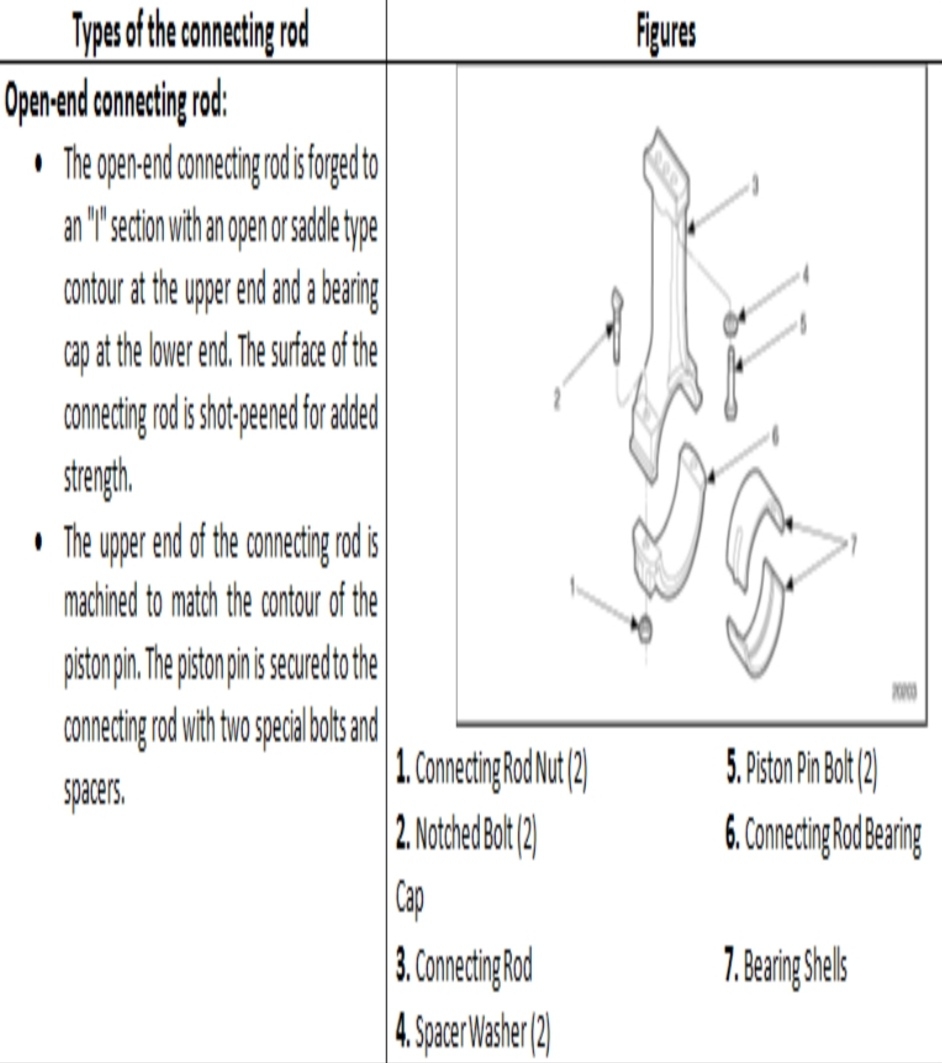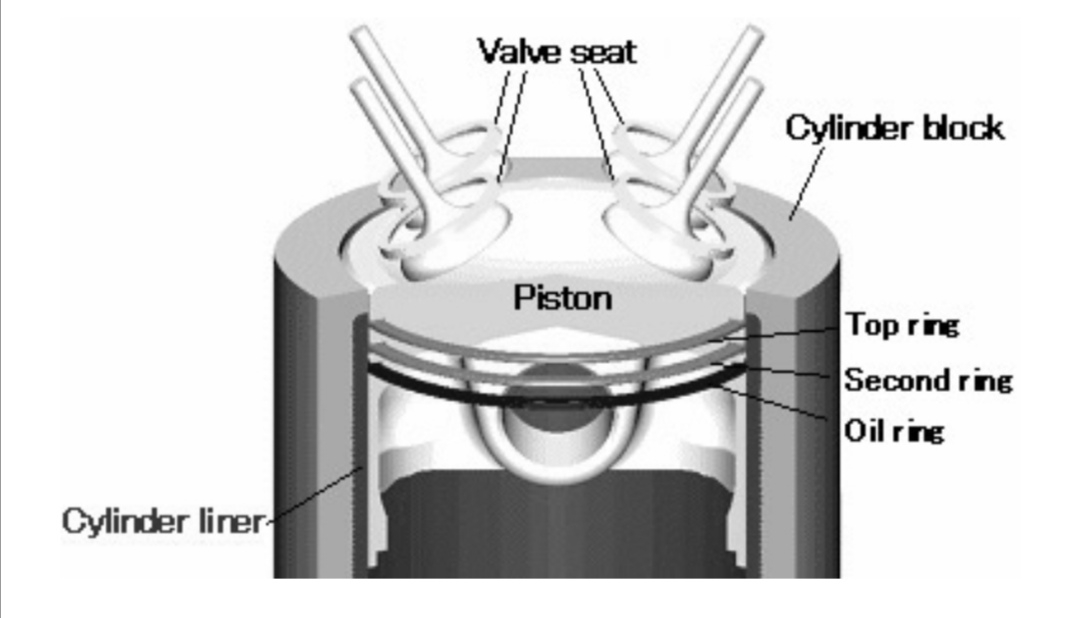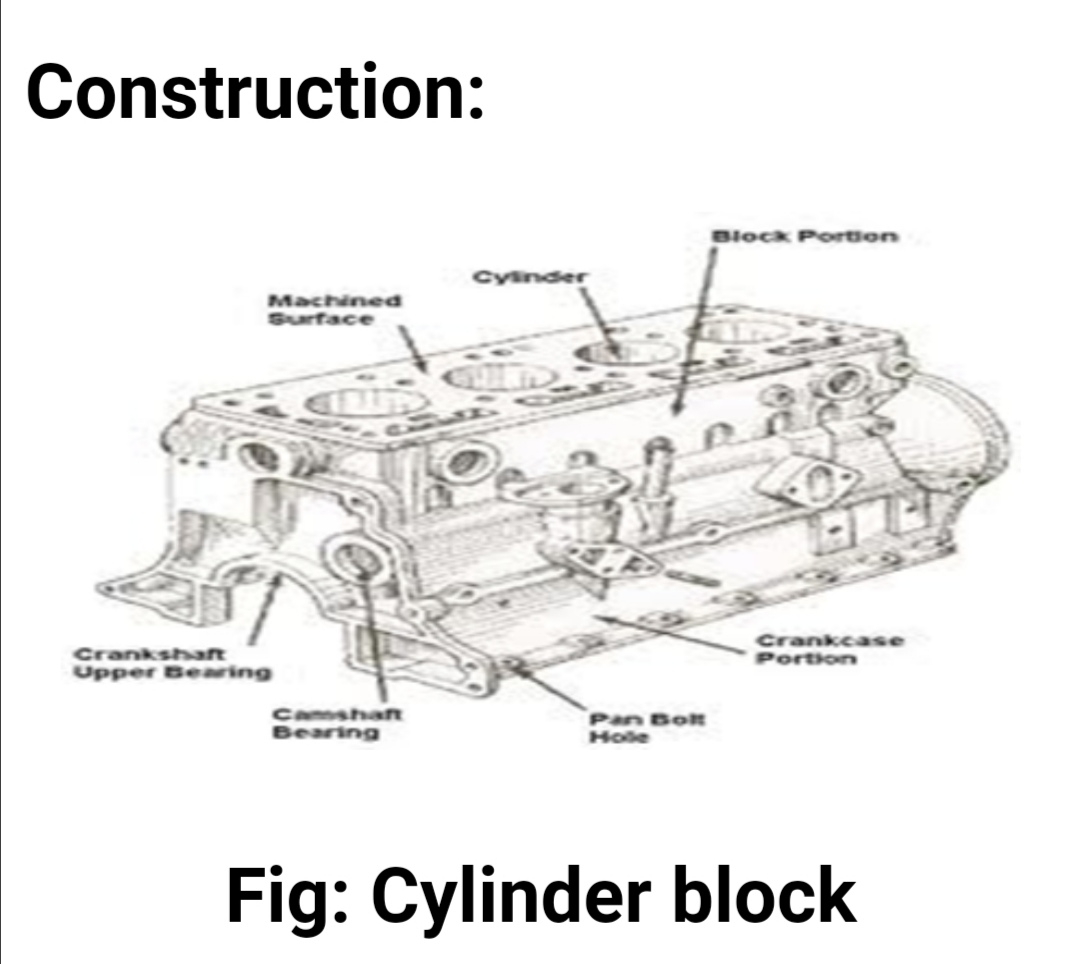GEAR SHIFTING MECHANISM
Introduction: Vehicle transmissions require devices to match the ratio, and thus the power avail-able, to the prevailing driving conditions. “Power matching” is one of the four main functions of a vehicle transmission. In manual gearboxes, changing gear is controlled and carried out by the driver. Depending on the amount of automation, in all other gearboxes electronics and actuator systems take over this function partially or completely. Certain transmission functions, such as Neutral, Reverse, and Park are however still controlled by the driver using a shifting device. Gear shifting: The gear shifting mechanism thus plays an important role in the interface be-tween driver and vehicle. Its handling has a major influence on perceived comfort. The components used in a gear shifting mechanism depend largely on whether shifting gear involves interrupting the power flow. Other factors ...












